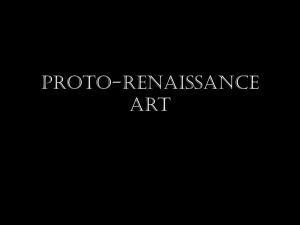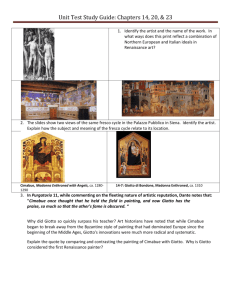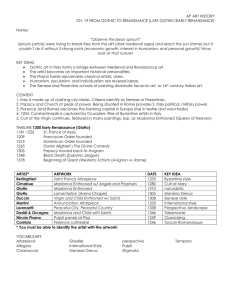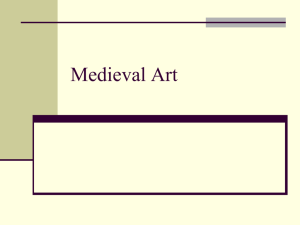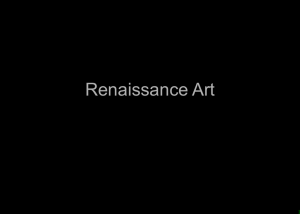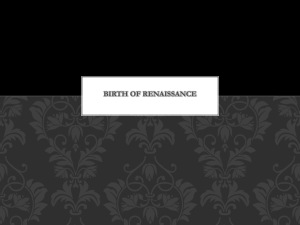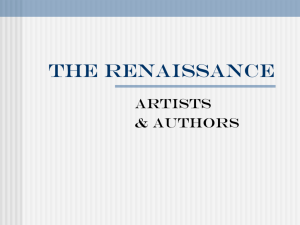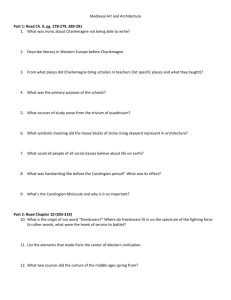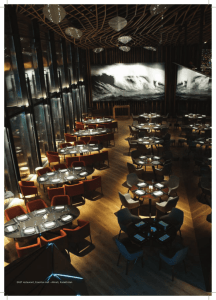Sample Comparison Paper
advertisement
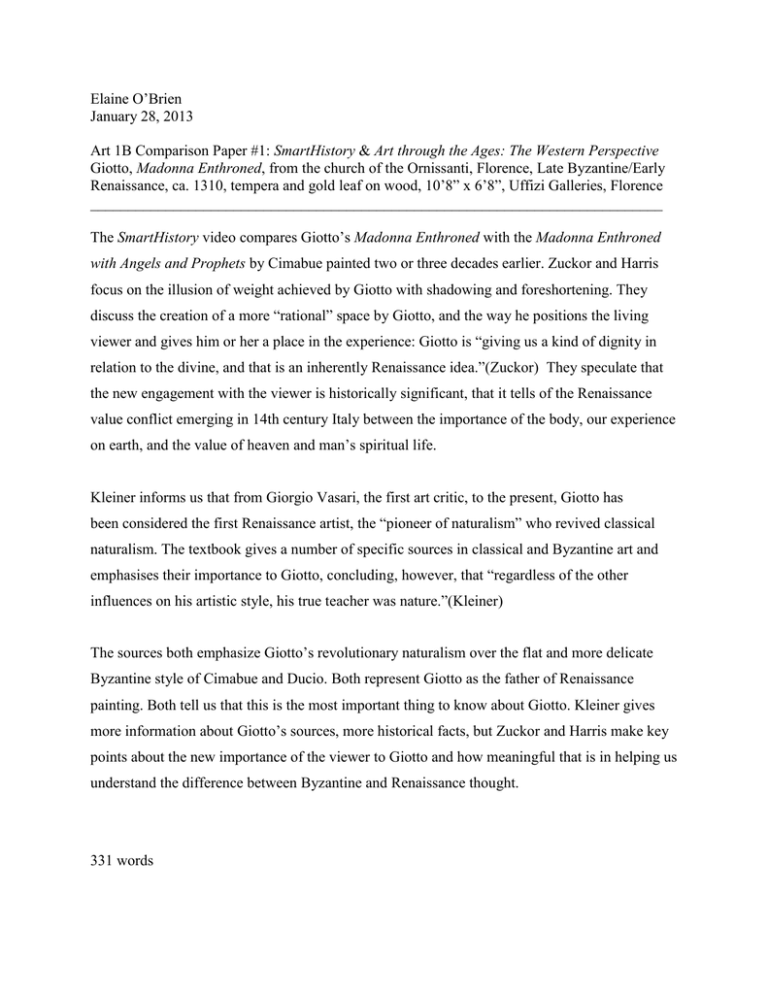
Elaine O’Brien January 28, 2013 Art 1B Comparison Paper #1: SmartHistory & Art through the Ages: The Western Perspective Giotto, Madonna Enthroned, from the church of the Ornissanti, Florence, Late Byzantine/Early Renaissance, ca. 1310, tempera and gold leaf on wood, 10’8” x 6’8”, Uffizi Galleries, Florence ____________________________________________________________________________ The SmartHistory video compares Giotto’s Madonna Enthroned with the Madonna Enthroned with Angels and Prophets by Cimabue painted two or three decades earlier. Zuckor and Harris focus on the illusion of weight achieved by Giotto with shadowing and foreshortening. They discuss the creation of a more “rational” space by Giotto, and the way he positions the living viewer and gives him or her a place in the experience: Giotto is “giving us a kind of dignity in relation to the divine, and that is an inherently Renaissance idea.”(Zuckor) They speculate that the new engagement with the viewer is historically significant, that it tells of the Renaissance value conflict emerging in 14th century Italy between the importance of the body, our experience on earth, and the value of heaven and man’s spiritual life. Kleiner informs us that from Giorgio Vasari, the first art critic, to the present, Giotto has been considered the first Renaissance artist, the “pioneer of naturalism” who revived classical naturalism. The textbook gives a number of specific sources in classical and Byzantine art and emphasises their importance to Giotto, concluding, however, that “regardless of the other influences on his artistic style, his true teacher was nature.”(Kleiner) The sources both emphasize Giotto’s revolutionary naturalism over the flat and more delicate Byzantine style of Cimabue and Ducio. Both represent Giotto as the father of Renaissance painting. Both tell us that this is the most important thing to know about Giotto. Kleiner gives more information about Giotto’s sources, more historical facts, but Zuckor and Harris make key points about the new importance of the viewer to Giotto and how meaningful that is in helping us understand the difference between Byzantine and Renaissance thought. 331 words

